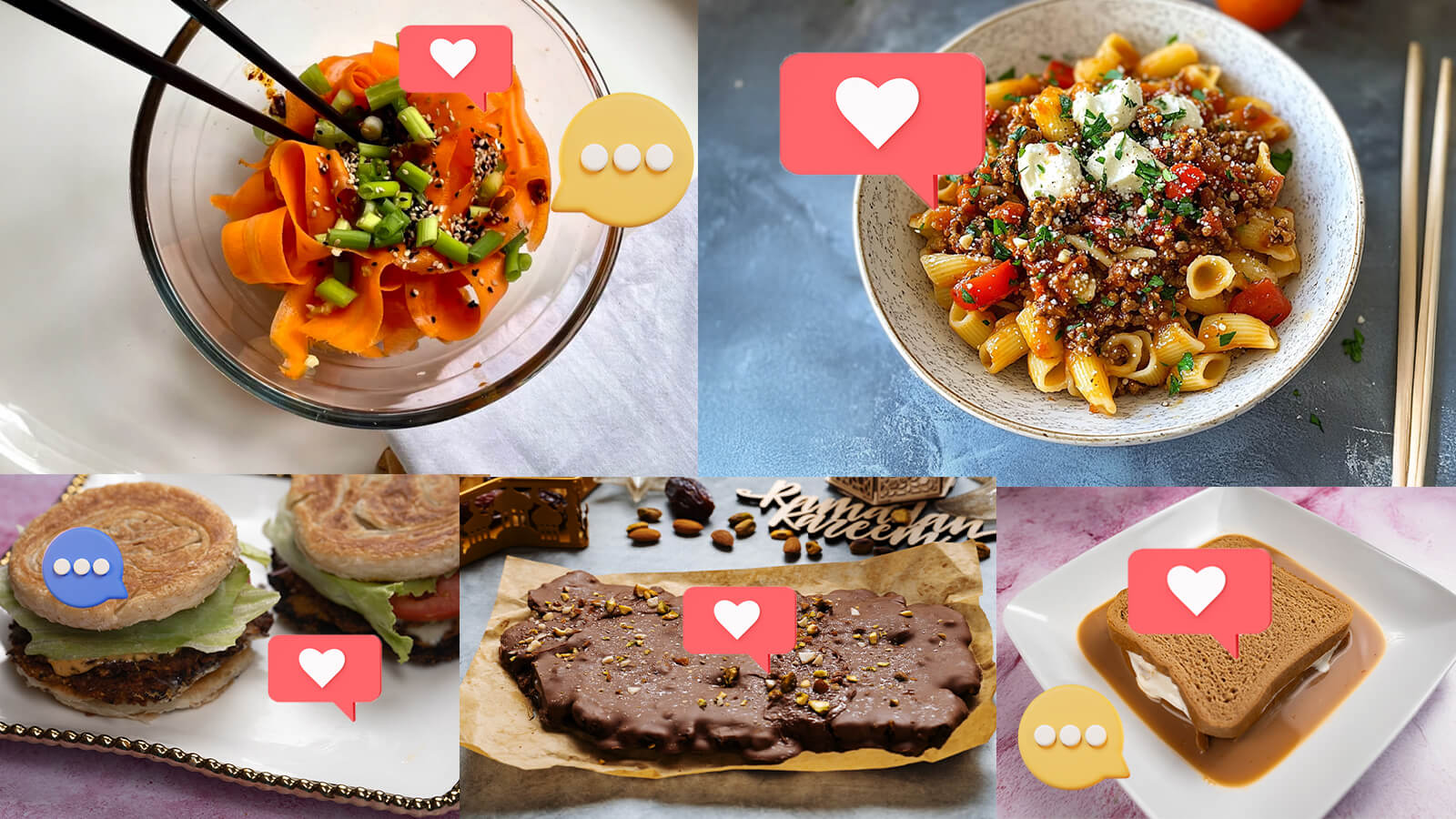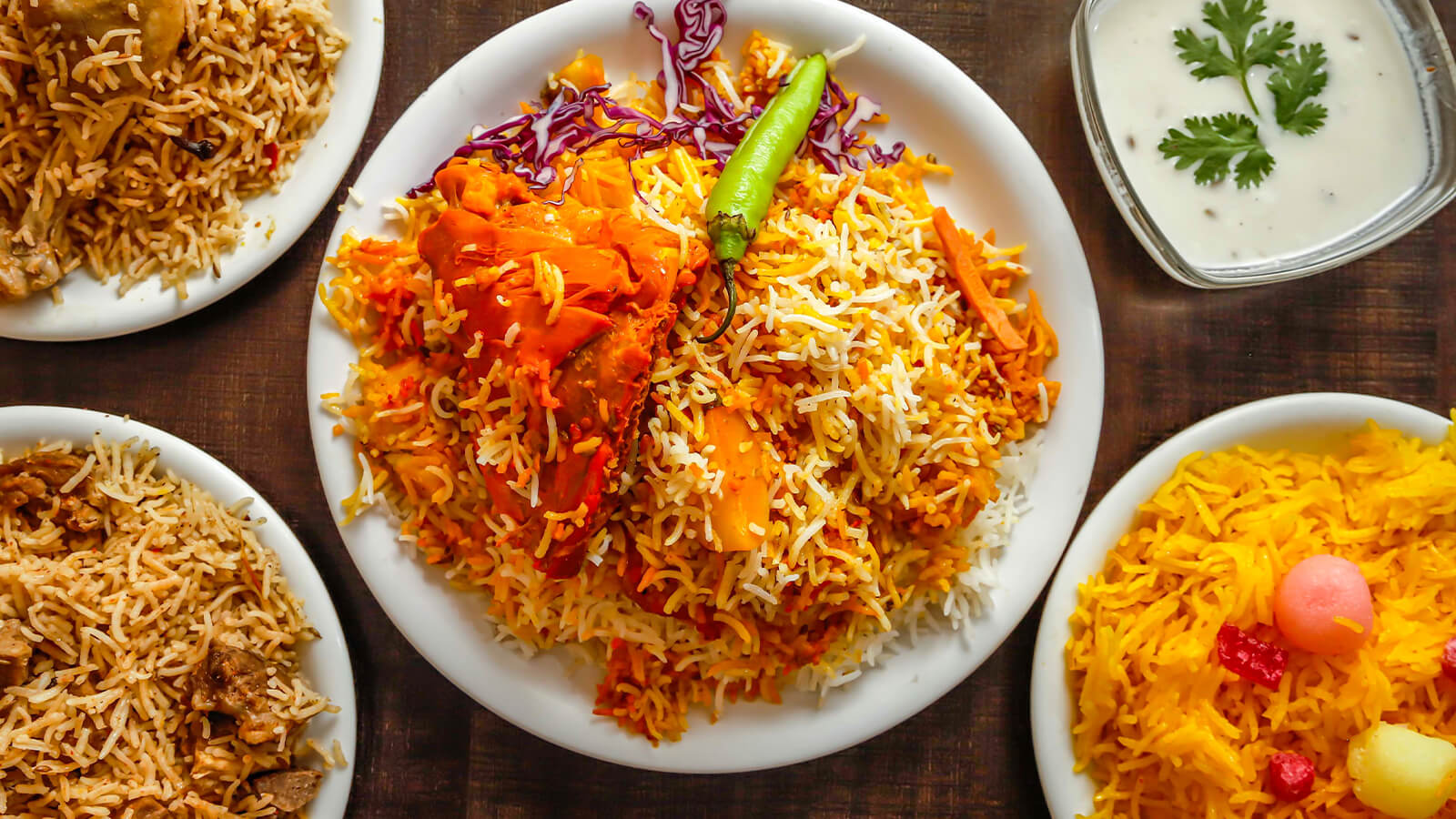Food in the times of Social Media

Picture this, you are sitting at the hottest new restaurant in town and have ordered the most popular dish on the menu. You heard everyone raving about it, people discussing how great it tastes and how beautifully it's plated and served. You are impatiently waiting for it to arrive and it indeed did. Wow, it looks beyond amazing and you just can’t wait to devour it. But first things first: you take out your phone, position it perfectly in your hands, and snap that Instagram worthy picture. Now, you are ready to have your much-awaited meal. This approach doesn’t seem unusual in this day and age, right--but does taking a thousand pictures of your food until it gets cold sound normal?
On a communal level, food is what connects us back to our culture and values. We associate it with nostalgic memories of our childhood as it attaches us to our families, our city, and our identity. However, in our technologically advanced society, it has now become the norm to display the perfect picture of your meal. You are sure to see a steady feed of food pictures while scrolling through Instagram because everyone is prompt in posting images of the delicious meals they are about to indulge in--whether they are celebrities, popular bloggers, or average citizens.
The Bad That Comes With It
An interesting fact is that these food photos posted online are impeccably curated and can potentially trigger food cravings. The lighting around the meal, the camera angles, and the ambiance – all conspire towards creating the impression of a perfectly effortless dish. No dirty dishes or messy kitchen is shown afterward. Chances are, the more you get accustomed to looking at images of the fine faultless dishes, the less time you would spend cooking the dish yourself. And even if you try, you might get frustrated from not being able to recreate that immaculate delicious glory visible in the picture. According to a study by the Harvard Business Review, this could possibly be the motivation behind why home cooking is becoming obsolete and we have strayed away from the simple joys of having a warm home-cooked meal. Handwritten family recipes were previously regarded as heirlooms passed through generations, but the reasons mentioned earlier could result in a critical change in the way we eat. Either way, home cooking as a pastime is on the decline.
This opens the doorway for another contender, business owners, and marketing agencies who use our annoyance and failure in being able to recreate Instagram food images to their advantage. Their tactic is pretty simple: if you cannot make the food you see, we will make it for you. Restaurant businesses employ food photography to appeal to their consumers, which are readily available on their website’s online menu as well as on other platforms like Yelp. We are able to browse through food places in the area and their appetizing meals within seconds. Apps are an important aspect that acts as third party delivery services and offers a wide assortment of restaurants for users to browse. While it is normal to assume that ordering food through an app also benefits the restaurant, in reality, it only decreases business by diminishing the motivation to dine in. Hence, a decrease in overall foot traffic and revenue. Compelled to join the applications due to the market competition, this downward business trend continues.
The Good That Follows
The expression “we eat with our eyes” stands truer than ever before in times of this bustling online food culture. Social media and food are very prevalent and connected together. Instagrammable food is becoming increasingly popular among millennials as it is nearly impossible to scroll through your social media feed without seeing food-related pictures or videos. The good news is that it now allowing better understanding and communication between cultures. It is also accelerating the conversations around what we put on our dinner table, how it is made, and how it is raised.
The insatiable demands of content featuring food have given rise to online cooking tutorials providing you with the techniques of culinary success, right in your home. It is satisfying to know that an individual can showcase their creative culinary creations on social media and garner international attention. A noteworthy thing to mention here is the accessibility of famous chefs to a wide range of audiences. YouTube, for example, has a decent number of famous mainstream culinary experts who are delivering instructional videos that urge viewers to create meals from the very basic to expert level. It's a stunning asset for getting the hang of cooking and will help build trust in the viewer’s kitchen capabilities as well. And who can forget the magicians with a camera giving rise to an exploding food-imagery trend. They capture tempting food and make it look as easy as pie. Food photography has now become a full-fledged commercial photography genre specializing in taking a mouth-watering photo every time.
Recipes from various cuisines shared through the web are an indicator of culinary cultures across the globe. Analyses of them can prompt a profound understanding of food from a cultural viewpoint. Unique cross-cultural recipes can be created through shared food experiences by connecting individuals with culinary interests from various backgrounds in a way that is informal and fun. Food imagery may have its pros and cons, but in the end, it’s all about forging new bonds with food as the definitive connector.





